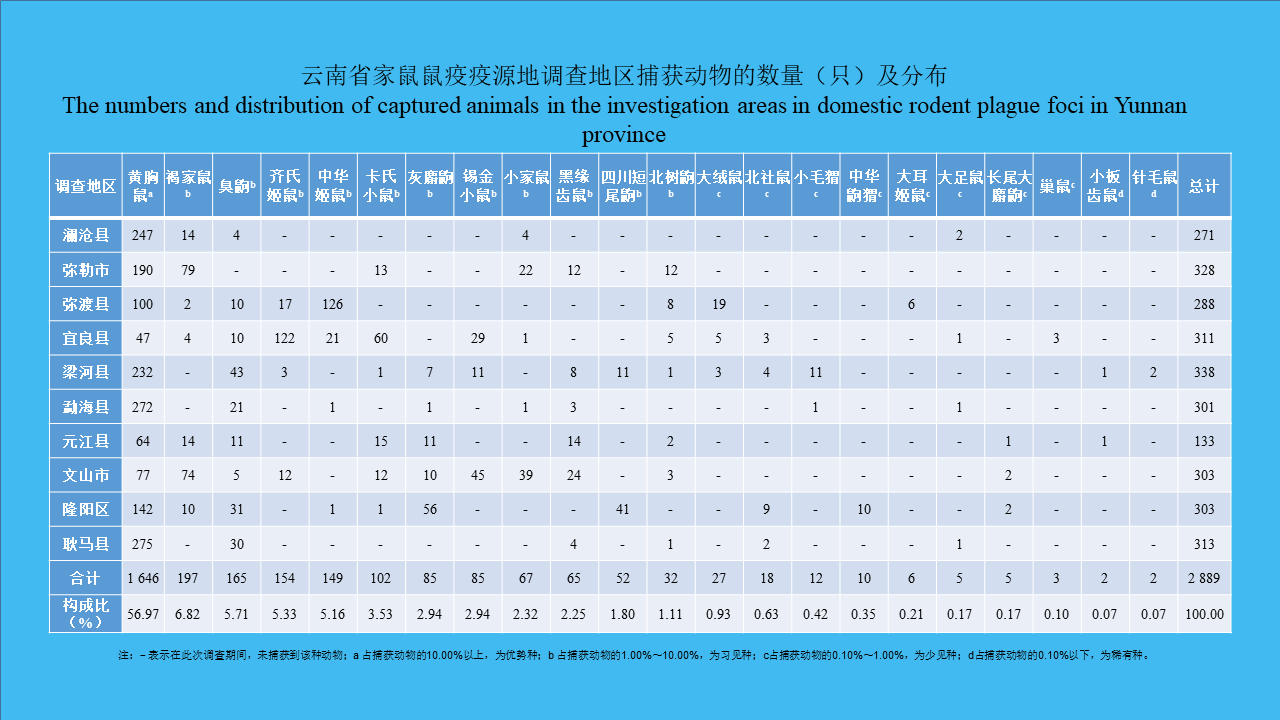 PDF(563 KB)
PDF(563 KB)


云南省家鼠鼠疫流行静息期内小型兽类的群落特征及差异分析
段彪, 任天广, 陶继宏, 苏超, 浦恩念, 赵文红, 亚红祥, 吴鹤松, 鲁亮
中国媒介生物学及控制杂志 ›› 2023, Vol. 34 ›› Issue (2) : 227-232.
 PDF(563 KB)
PDF(563 KB)
 PDF(563 KB)
PDF(563 KB)
云南省家鼠鼠疫流行静息期内小型兽类的群落特征及差异分析
 ({{custom_author.role_cn}}), {{javascript:window.custom_author_cn_index++;}}
({{custom_author.role_cn}}), {{javascript:window.custom_author_cn_index++;}}Community characteristics and disparity analysis of small mammals during the quiescent stage of domestic rodent plague in Yunnan province, China
 ({{custom_author.role_en}}), {{javascript:window.custom_author_en_index++;}}
({{custom_author.role_en}}), {{javascript:window.custom_author_en_index++;}}
| {{custom_ref.label}} |
{{custom_citation.content}}
{{custom_citation.annotation}}
|
/
| 〈 |
|
〉 |